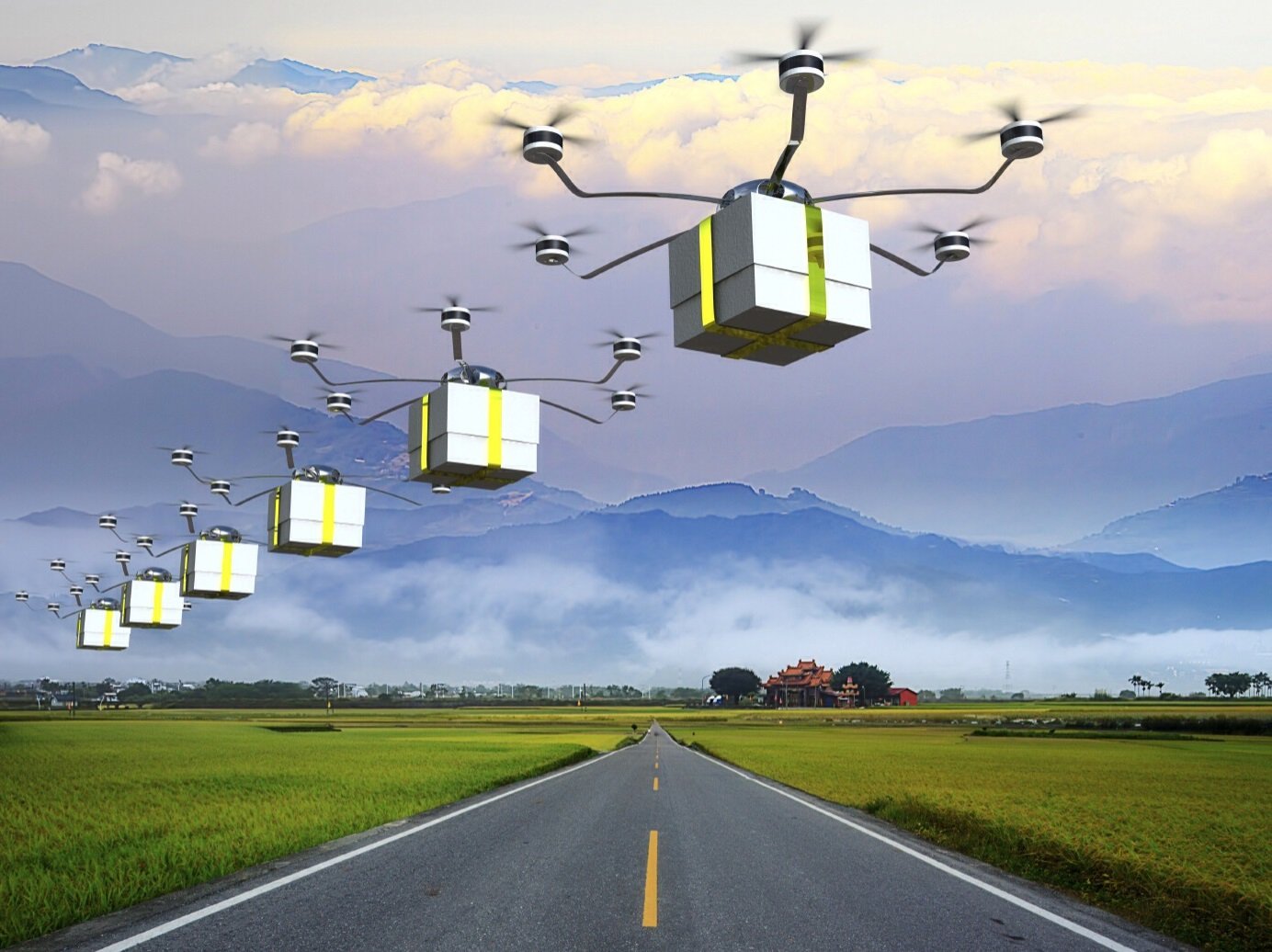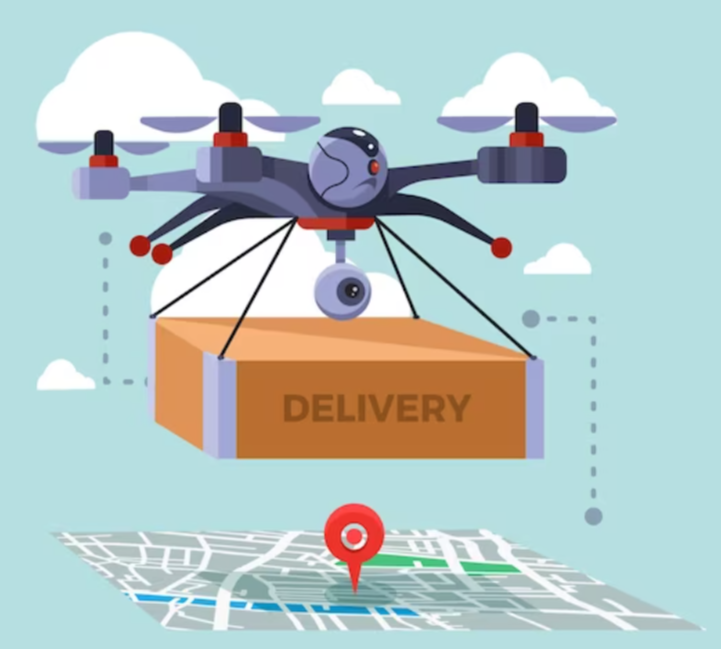aerial systems are designed to transport and deliver goods to specific locations autonomously or under remote human control. These drones have gained attention as a potential solution for last-mile delivery, providing a faster and more efficient means of transporting small packages over short distances.










The use of delivery drones is subject to regulations and restrictions imposed by aviation authorities in different countries. Regulatory compliance is essential for ensuring the safe and legal operation of delivery drone services.
Delivery drones may feature mechanisms for loading and unloading packages. Some drones use simple drop mechanisms, while others may have more sophisticated systems for placing packages gently at their destination.
Ensuring the security of delivered packages is crucial. Delivery drones may incorporate features such as secure compartments, tamper-evident packaging, or even biometric verification for package retrieval.
Delivery drones can be deployed in both urban and rural settings. In urban areas, they may navigate complex environments to deliver packages to specific addresses, while in rural areas, they can cover longer distances to reach remote locations.
To streamline the delivery process, delivery drones often integrate with logistics and tracking systems. This integration helps manage inventory, track deliveries in real-time, and optimize overall delivery operations.
Many companies and logistics providers are conducting pilot programs and tests to assess the feasibility and effectiveness of delivery drone services. These programs help refine technology, address challenges, and gather data for future deployments.